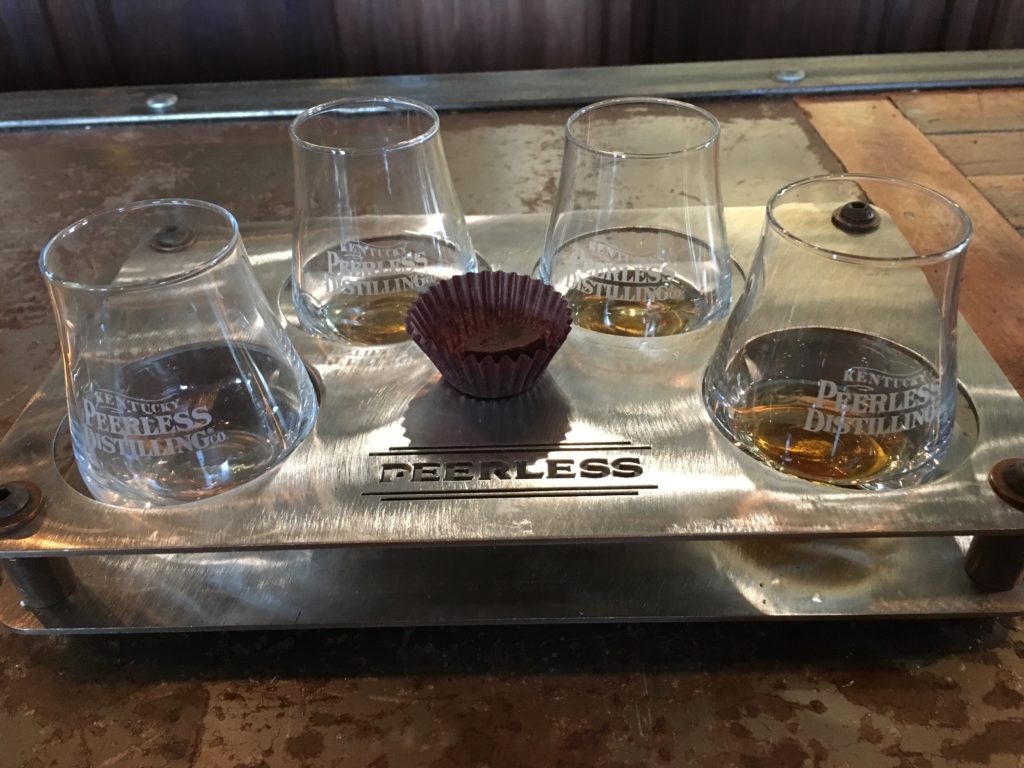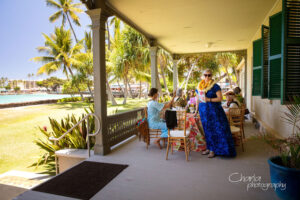It’s no surprise that Shawn has come to appreciate his bourbon, and he and his college buddies recently enjoyed a trip to Louisville, Kentucky to imbibe. While there, they had a great time experiencing the history, knowledge, and bourbon included in their tour with The Kentucky Bourbon Boys. You’ve read about that before – but we’ve decided to get to know the Chief Operating Officer, Tim Hagan, a little bit better. Here are some of his answers to our questions!

The Kentucky Bourbon Boys started as a Hagan family outing with a group of nine men and one female driver in 2011.
The group was made up of novice bourbon drinkers and at that time, the passport for the Kentucky Bourbon Trail was smaller, with only six distilleries on the official trail. The group needed a driver for the day, so they recruited their daughter/niece/cousin/sister-
The first bourbon tour was a prototype for all we’ve done for our guests since. We had a 15-passenger van, a steady driver, and memorable stories along the way. We learned about bourbon, the history, process, and stories of each distillery, and sampled some we hadn’t tried previously. Even better, we genuinely enjoyed the day together. On that day, our driver tagged us as the “Kentucky Bourbon Boys.”
A month later we toured a second round of distilleries, and an idea was born. What if we could do this for other people? How exciting would it be to take others on tours to these amazing locations, share our knowledge of what we knew along the way about bourbon, Kentucky, our history, culture, and more?
In 2015 the idea came to life and we officially formed the business – Kentucky Bourbon Boys, and since then, the rest, as they say, is history.
We’ve met new friends at the distilleries and along the way, and thousands of visitors from across the U.S.A. and around the world on our customized tours throughout the state. We strive to provide a unique and truly Kentucky experience – as evident in our motto – “Bourbon country done right!”



NCAA Basketball – Kentucky Wildcats or Louisville Cardinals?



